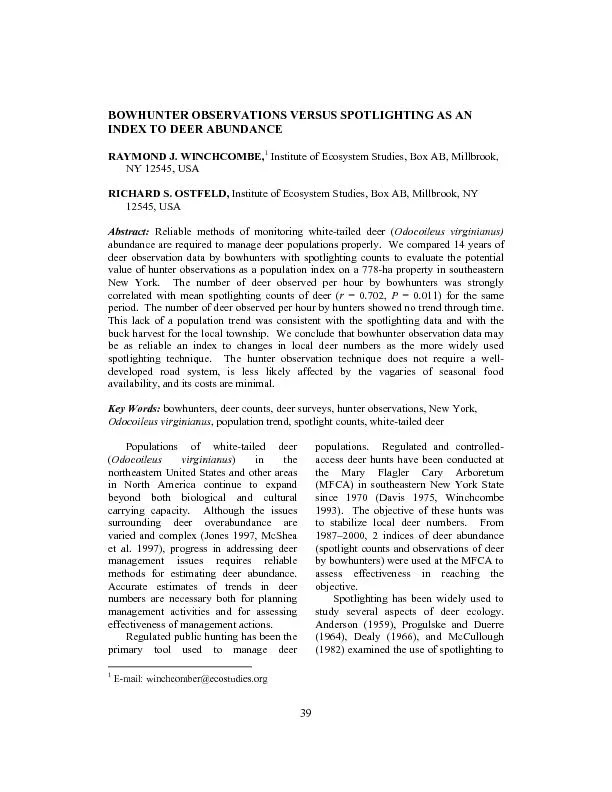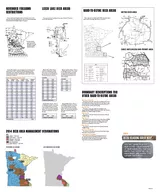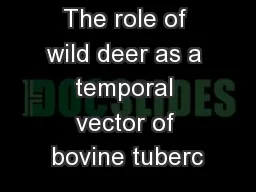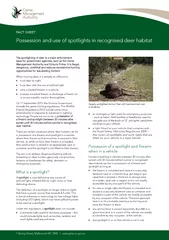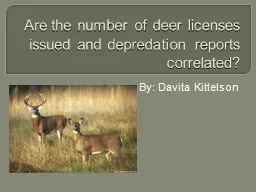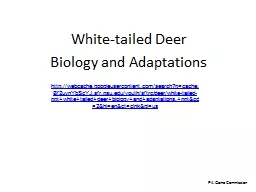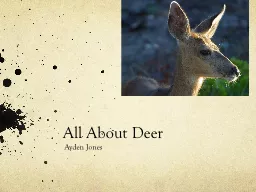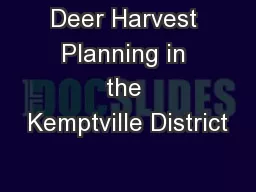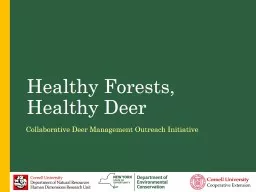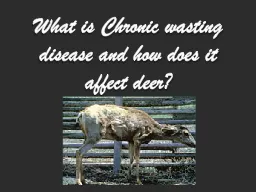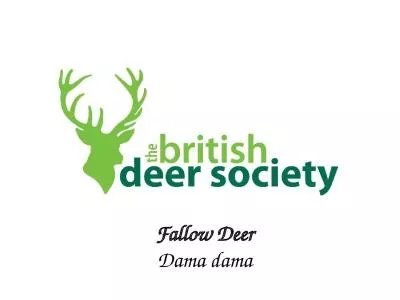PDF-BOWHUNTER OBSERVATIONS VERSUS SPOTLIGHTING AS AN INDEX TO DEER ABUNDAN
Author : stefany-barnette | Published Date : 2016-08-06
Email winchcomberecostudiesorg Populations of whitetailed deer Odocoileus virginianusin the northeastern United States and other areas in North America continue
Presentation Embed Code
Download Presentation
Download Presentation The PPT/PDF document "BOWHUNTER OBSERVATIONS VERSUS SPOTLIGHTI..." is the property of its rightful owner. Permission is granted to download and print the materials on this website for personal, non-commercial use only, and to display it on your personal computer provided you do not modify the materials and that you retain all copyright notices contained in the materials. By downloading content from our website, you accept the terms of this agreement.
BOWHUNTER OBSERVATIONS VERSUS SPOTLIGHTING AS AN INDEX TO DEER ABUNDAN: Transcript
Download Rules Of Document
"BOWHUNTER OBSERVATIONS VERSUS SPOTLIGHTING AS AN INDEX TO DEER ABUNDAN"The content belongs to its owner. You may download and print it for personal use, without modification, and keep all copyright notices. By downloading, you agree to these terms.
Related Documents

